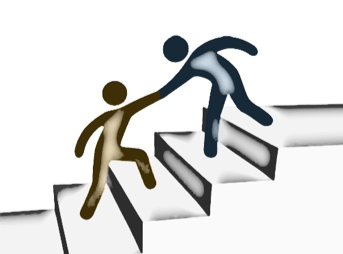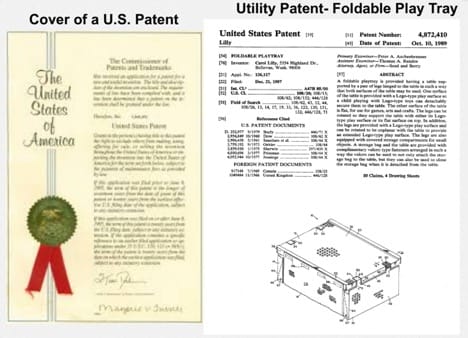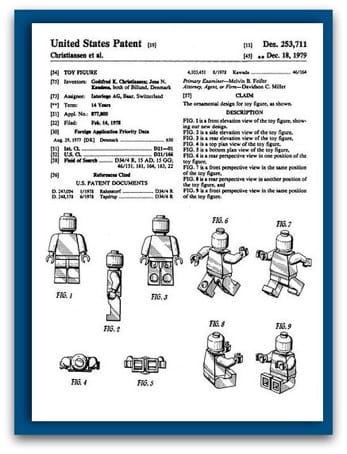FLIP’s Approach to Inventions and Patents

- As a first step, a company should consider the type of IP that might be appropriate for its particular business.
- As a second step, familiarity with particular vocabulary gives a foundation for discussing which strategy and route is best to follow.
- As a third step, a company should also determine where to pursue intellectual property, whether domestically in the U.S. or internationally, and budget accordingly.
Quid Pro Quo: Disclosing your invention in return for a monopoly to sell, manufacture, import and export the invention. At FLIP we represent both patent owners and inventors and assist with the acquisition, maintenance, enforcement, and protection of client assets.
US Patent Types

- Utility Patents (provisional and non-provisional) - 20-year term. Maintenance fees at years 3.5, 7.5 and 12.5 years from filing.
- Design Patents - no maintenance fees, lasts for 15 years.
- Plant Patents - (varieties)
What is a utility patent?

A utility patent refers to the use or usefulness of a particular item. For example, a utility patent could disclose:
- how a vaporizer works, or
- a process for extracting a particular substrate, or
- a composition in an e-liquid, or
- stem cells and therapies related thereto along with the isolation and extraction of the same, or
- chemicals for cleaning and cleaning supplies, or
- storage containers, or
- support apparatus for window sills, or
- plant lattices and systems, or vaccines, or
- bioreactors, or
- computer software platforms, or
- systems for calculating or arranging data, not to mention, or
- artificial intelligence.
All of which FLIP clients pursue in one way or another, without limitation.
The volley between the patent office and the applicant or the applicant’s representative determines the claims which specifically define the scope of the rights awarded the applicant in an issued utility patent. The application and ultimate patent will be extensive and will at least have a description of the invention, drawings, and a set of claims which define the property the applicant has invented so that others have a roadmap for making and using the invention
Other countries have different payment schedules for such maintenance fees, but none-the-less, maintenance fees should be included in a company intellectual property budget at the outset.
What is a Design Patent?

Design patents protect the ornamental non-functional portion of a device, an assembly, or a portion of a device. The parts of a design patent also include a specification, the drawings and a claim, and as there is only one claim in the design patent, the claim is defined by the disclosure in the drawings, and therefore, the drawings take an enormous role in the scope of protection awarded a design patent.
Design patents do not require the payment of maintenance fees in the U.S. and are enforceable for 15 years.

What is a Plant Patent?
Plant and plant variety patents can also be pursued. Plant patents can relate to inventions that are asexually produced and plant variety patents are appropriate for plants that have been sexually reproduced.
Intellectual property in general encourages collaboration, further development, and revenue through asset purchases and licensing. If the patents are being used to keep infringers away, entice investors, or to protect rights on an international front, consideration should be given to a budget, counsel and protecting invention(s).
FLIP is a key partner helping clients increase, maintain, enforce, and acquire value. FLIP has an extraordinarily high rate of successfully patenting inventions as a result of a holistic approach to a company’s business goals. FLIP remains a Women-Owned business and invites queries. Let us help you with your FLIP ‘n Business.